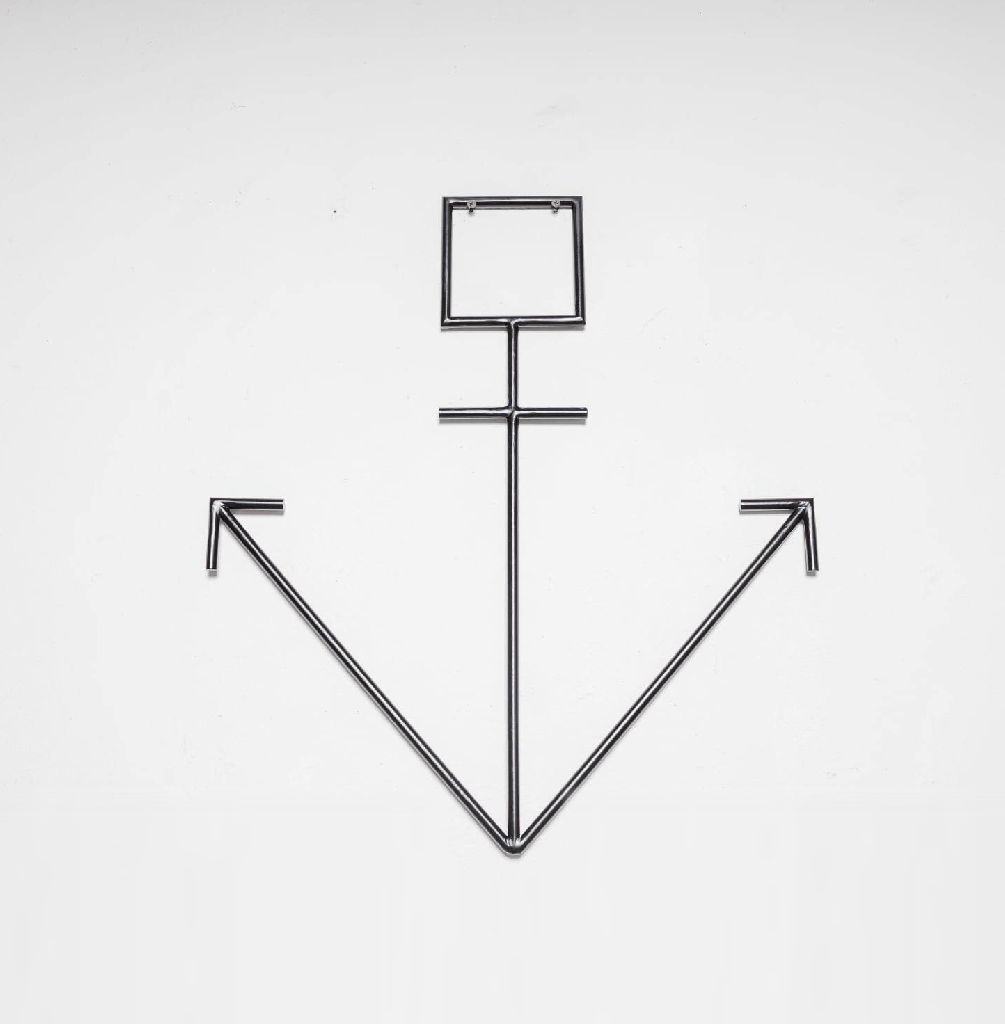 "Hopak", 2023, рainted metal, 58x51,5 сm
"Hopak", 2023, рainted metal, 58x51,5 сm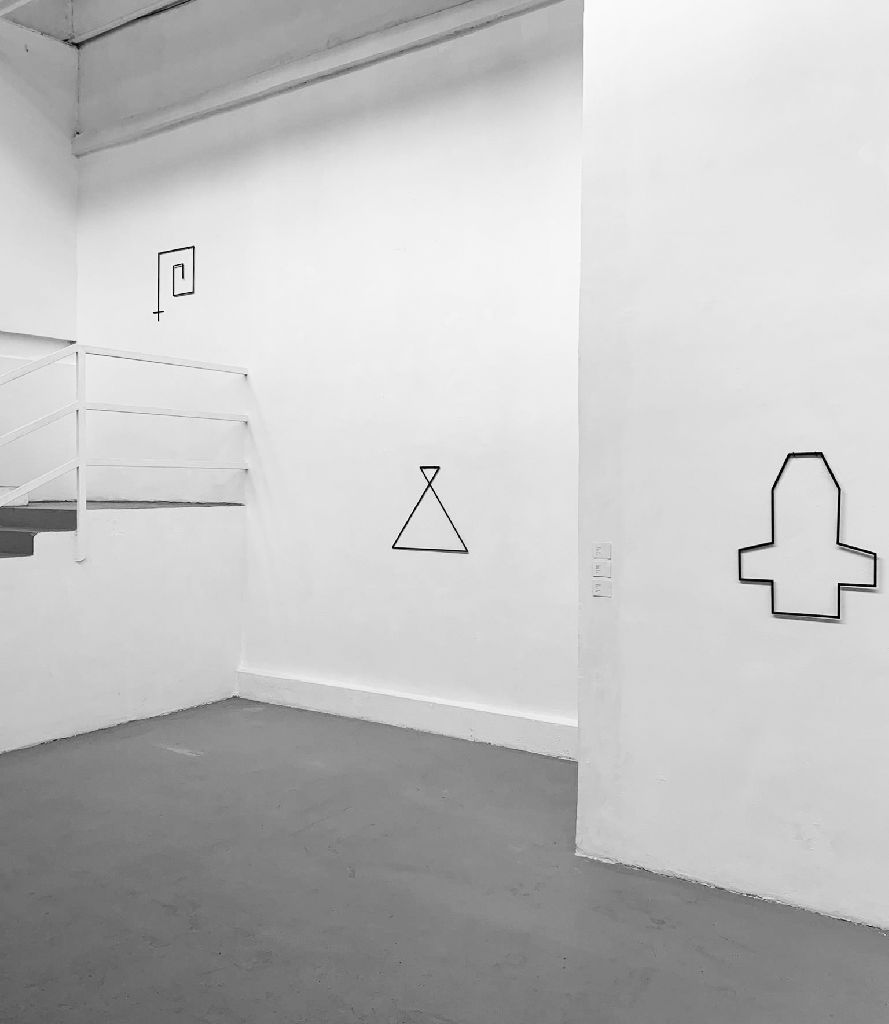
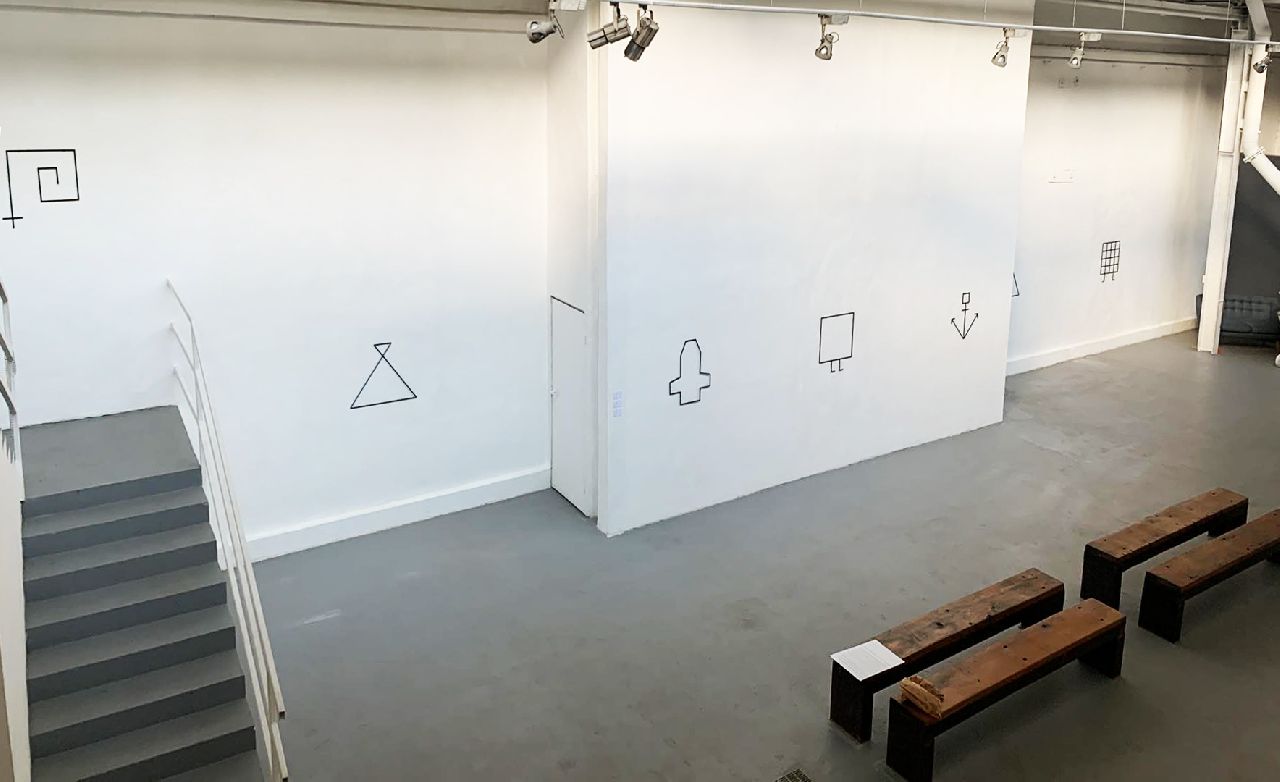
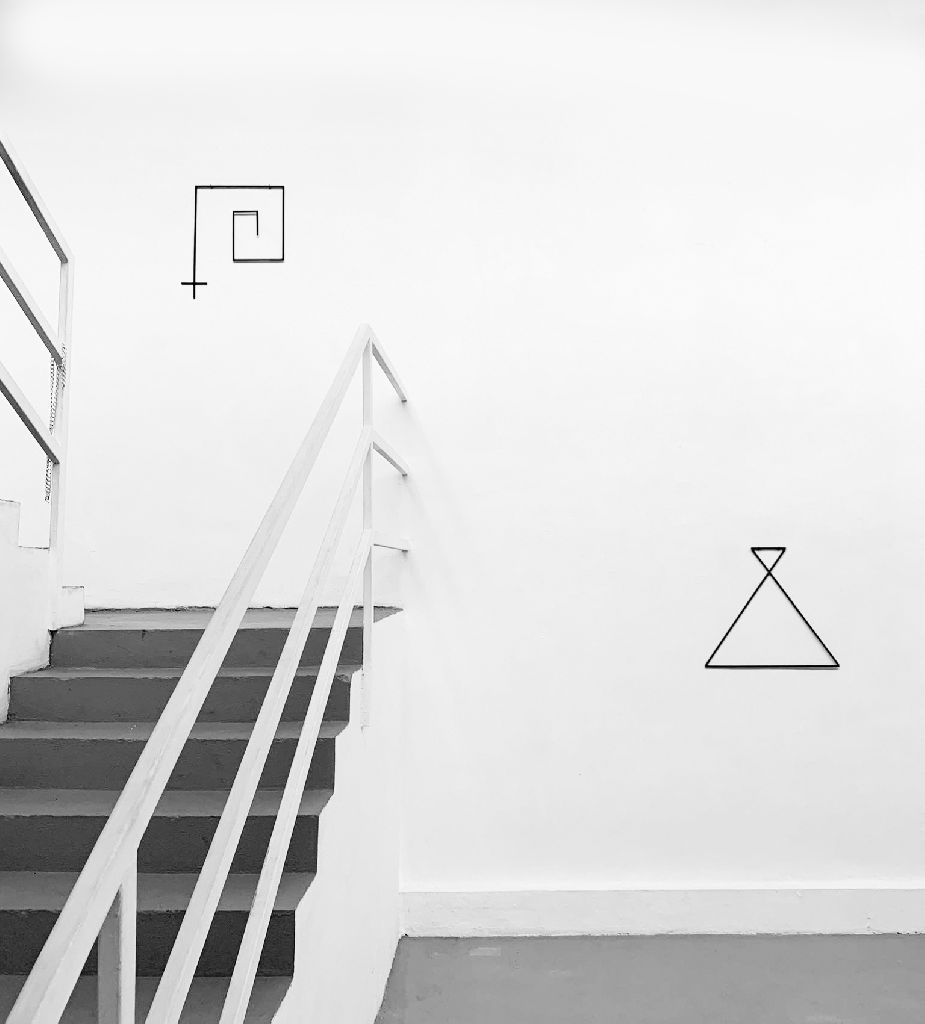
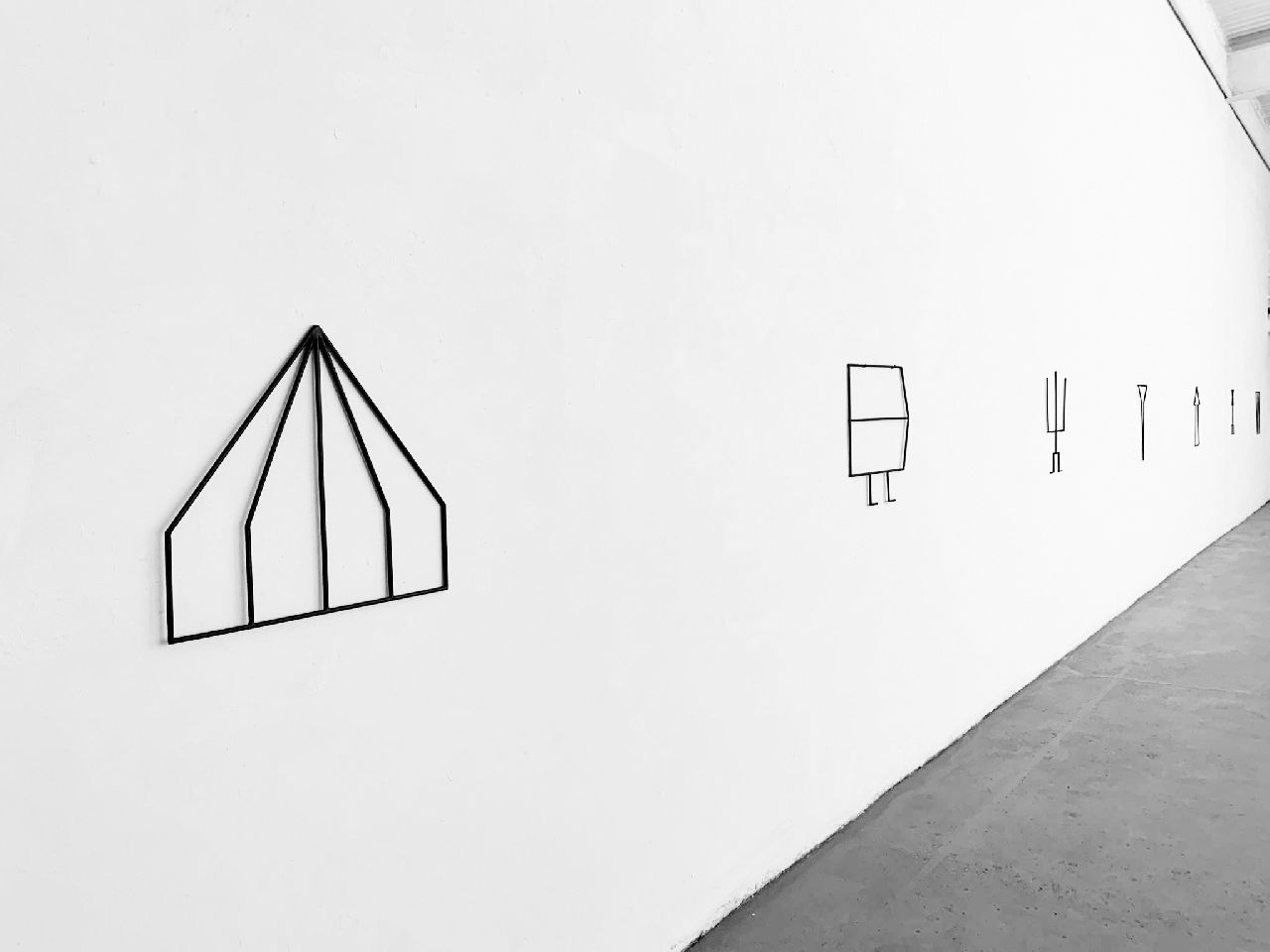
 "Saber", 2023, рainted metal, 58x51 сm
"Saber", 2023, рainted metal, 58x51 сm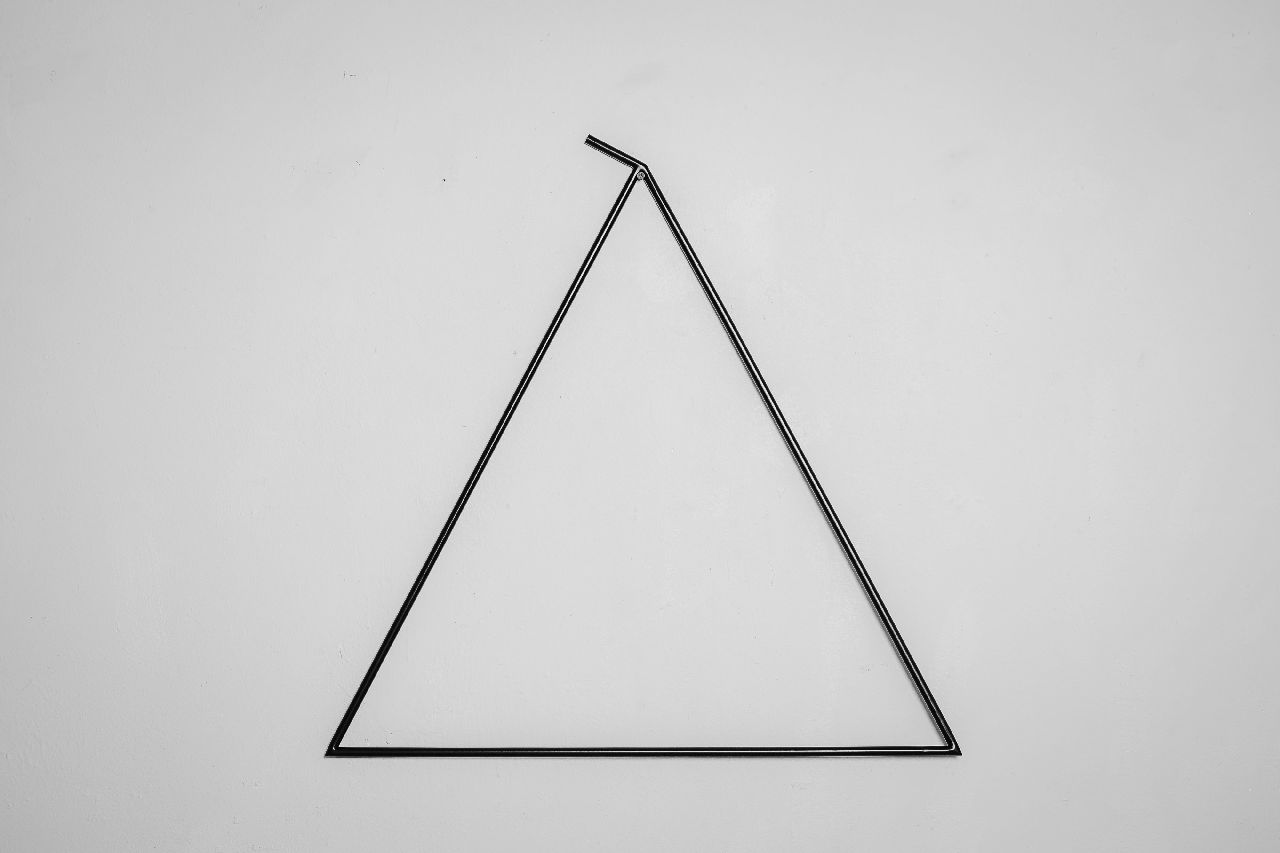 "Cossack Triangle" , 2023, рainted metal 64,5х63,5 сm
"Cossack Triangle" , 2023, рainted metal 64,5х63,5 сm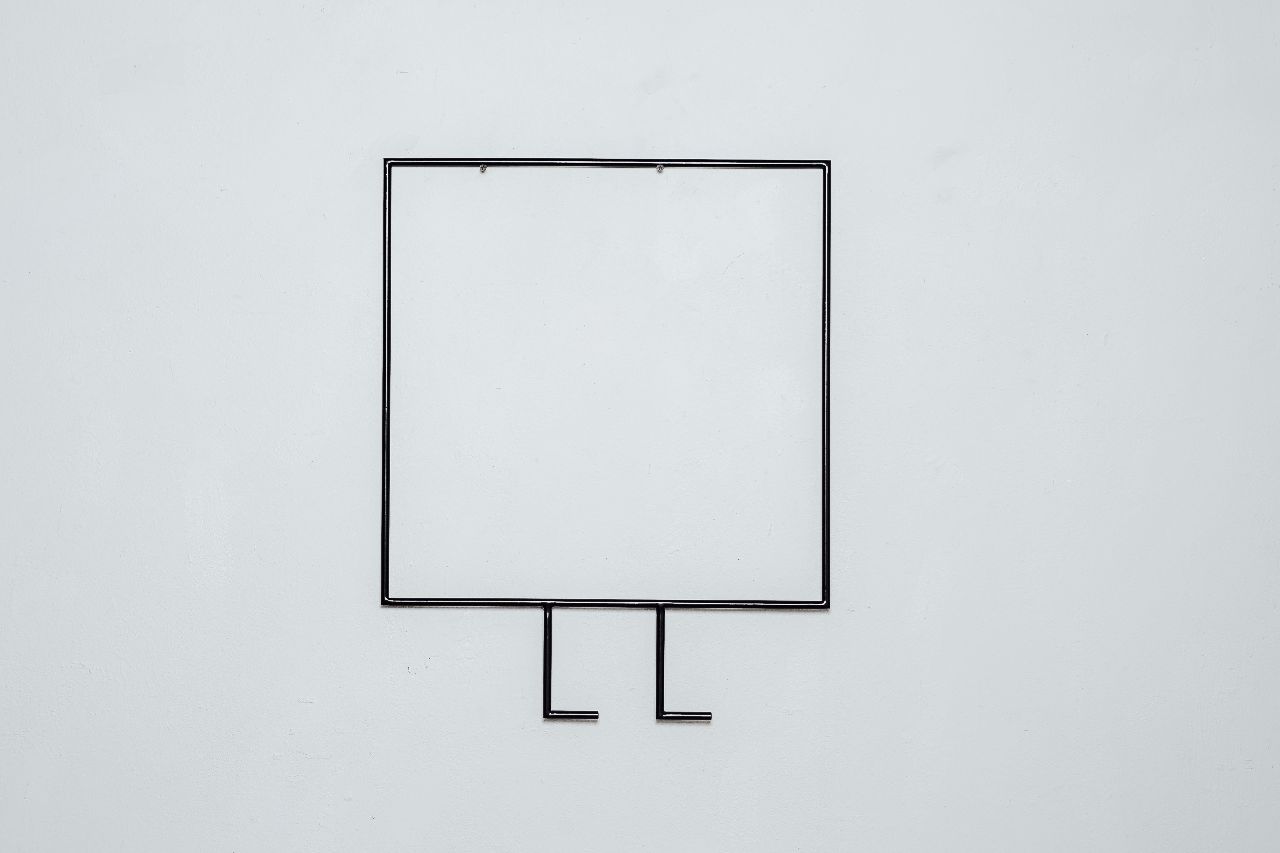 "Artista", 2023, painted metal, 64x51,5 сm
"Artista", 2023, painted metal, 64x51,5 сm 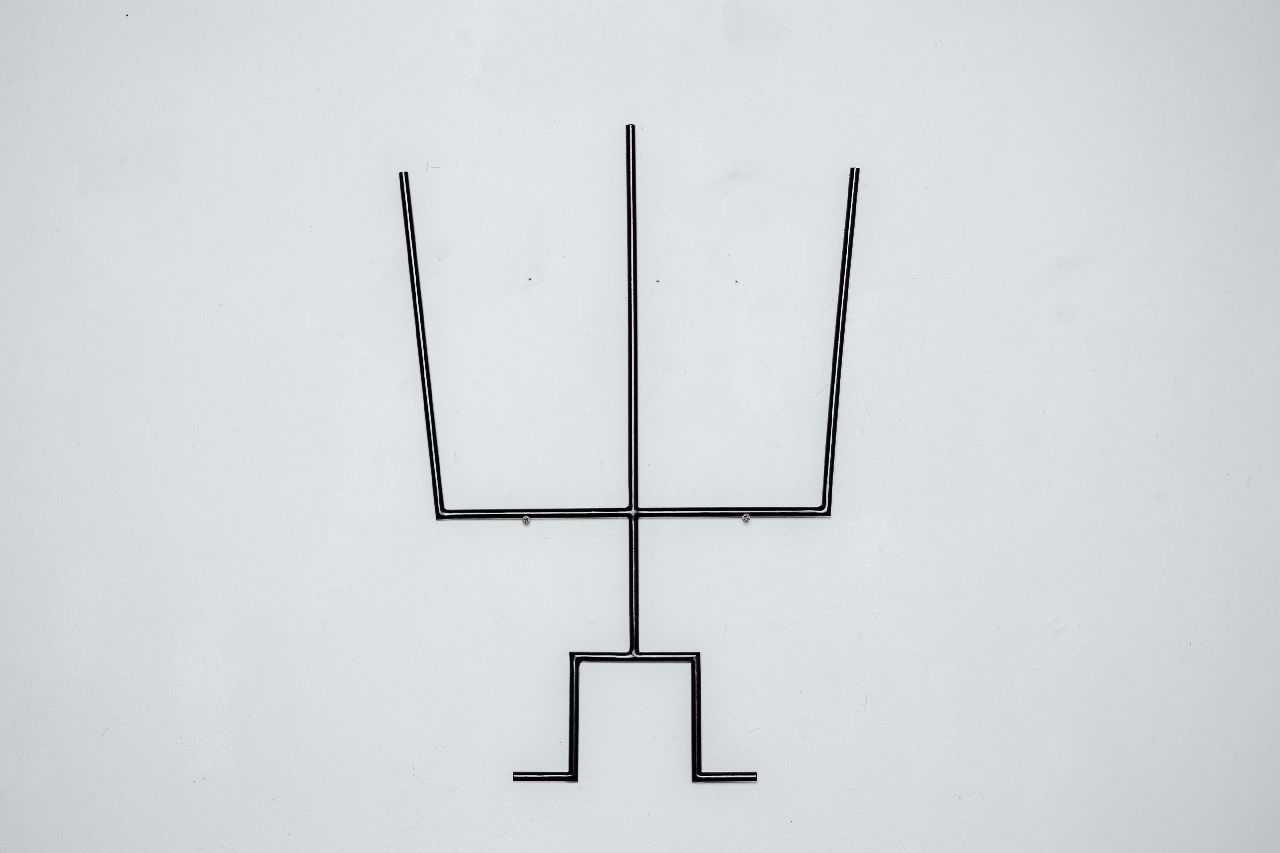 "Trident", 2023, рainted metal, 64,5x44,5 сm
"Trident", 2023, рainted metal, 64,5x44,5 сm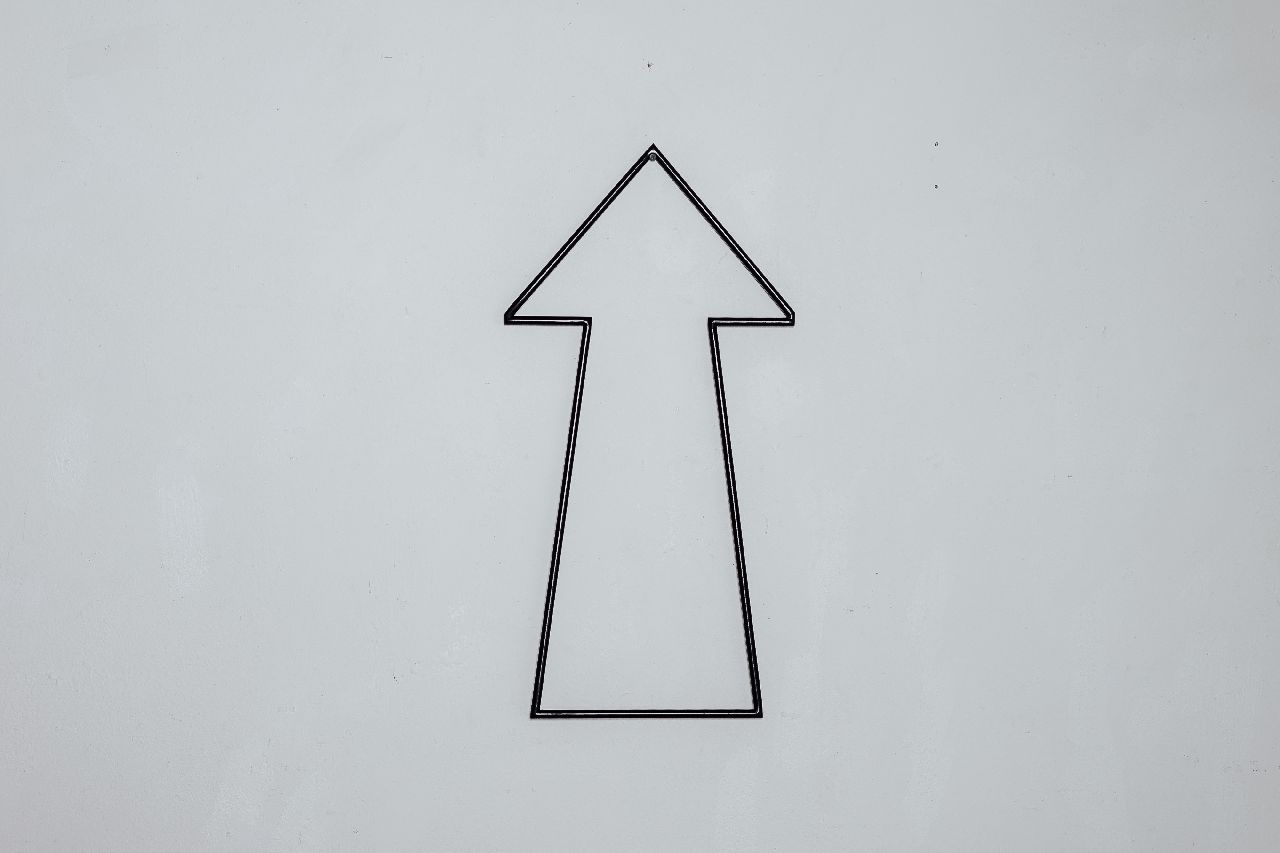 "Dnipro", 2023, рainted metal, 64x32,5 сm
"Dnipro", 2023, рainted metal, 64x32,5 сm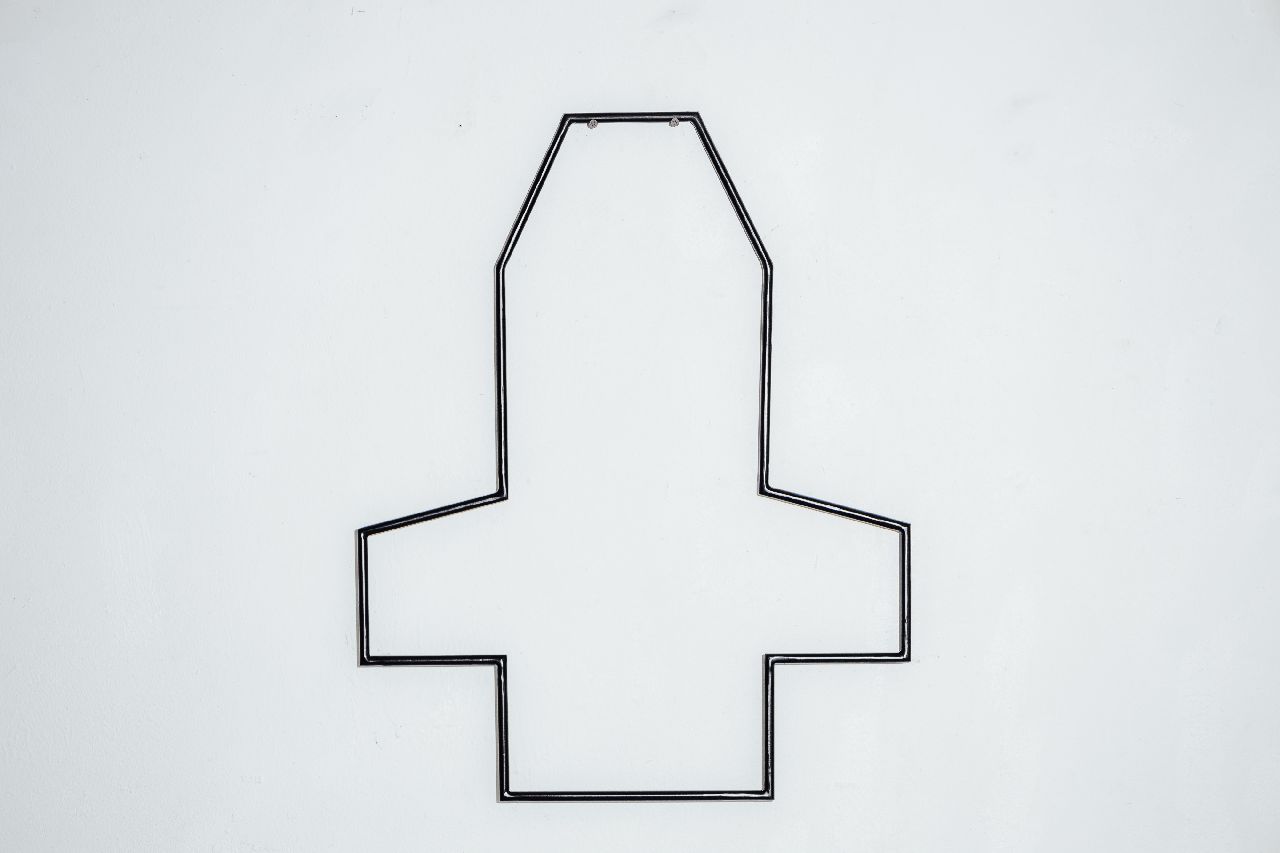 "Yarylo", 2023, рainted metal, 64,5x51,5 сm
"Yarylo", 2023, рainted metal, 64,5x51,5 сm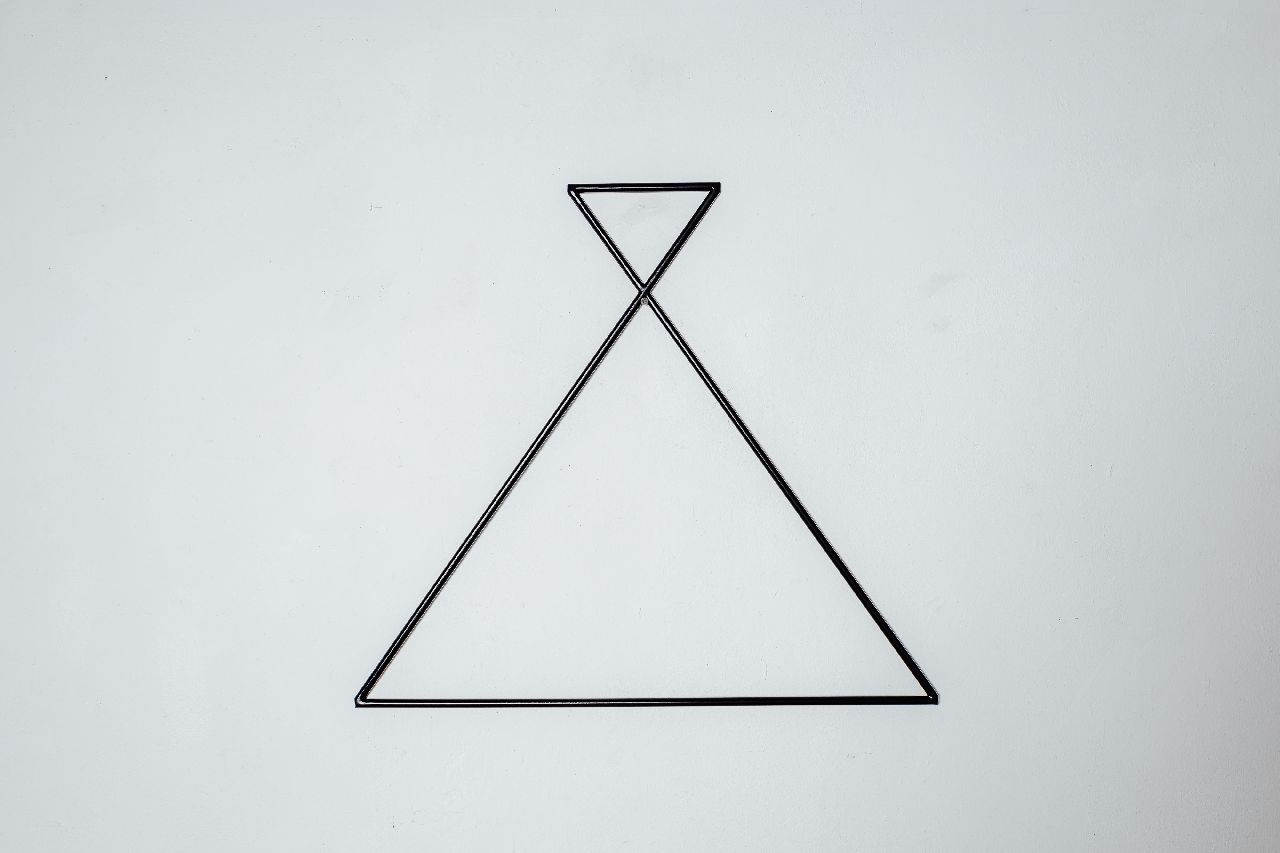 "Mokosha", 2023, рainted metal, 64,5x58 сm
"Mokosha", 2023, рainted metal, 64,5x58 сm "Gothic UA", рainted metal, 64,5x51,5 сm
"Gothic UA", рainted metal, 64,5x51,5 сm "Guelder Rose", 2023, рainted metal, 61x61 сm
"Guelder Rose", 2023, рainted metal, 61x61 сm "Trembita", 2023, рainted metal, 64x38,5 сm
"Trembita", 2023, рainted metal, 64x38,5 сm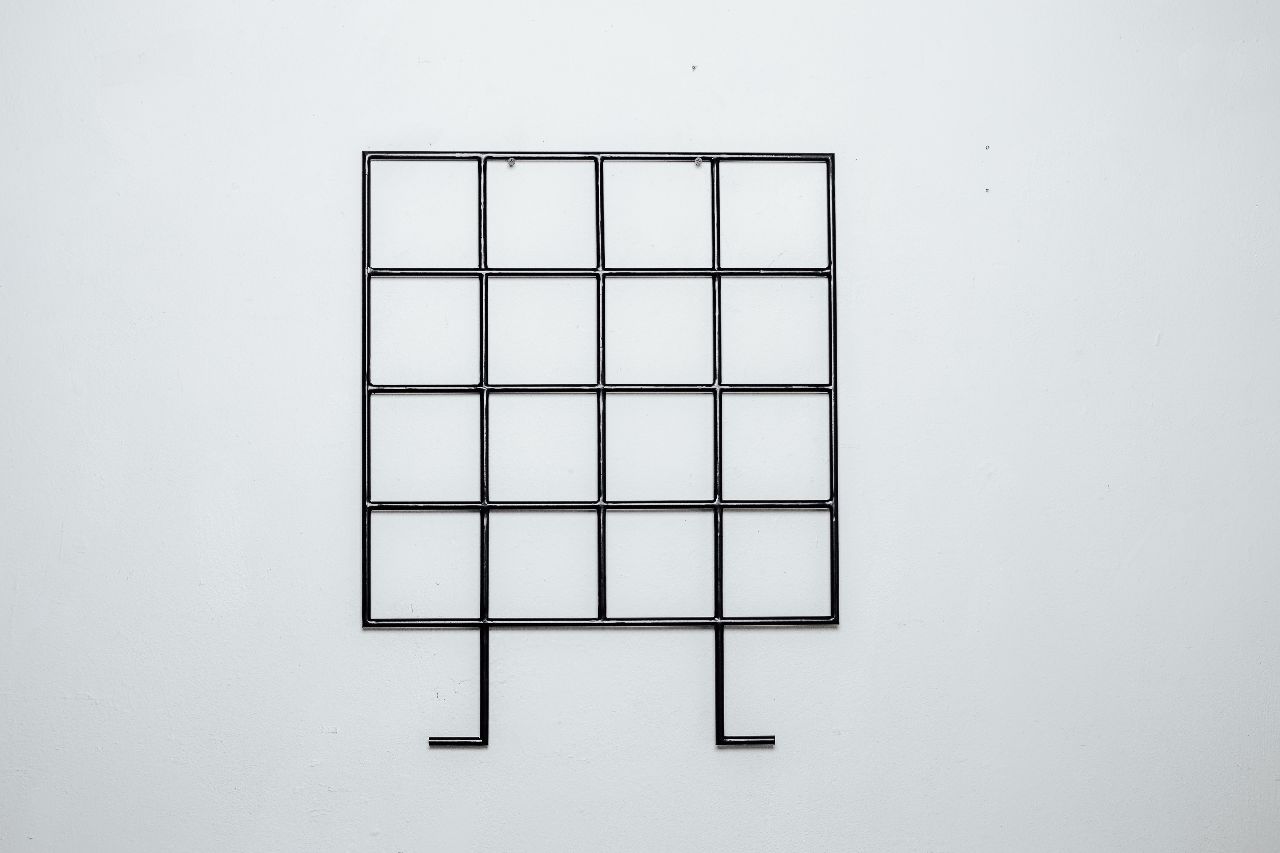 "Sunflower", 2023, рainted metal, 64,5x51,5 сm
"Sunflower", 2023, рainted metal, 64,5x51,5 сm "Flag", 2023, рainted metal, 58x58 сm
"Flag", 2023, рainted metal, 58x58 сm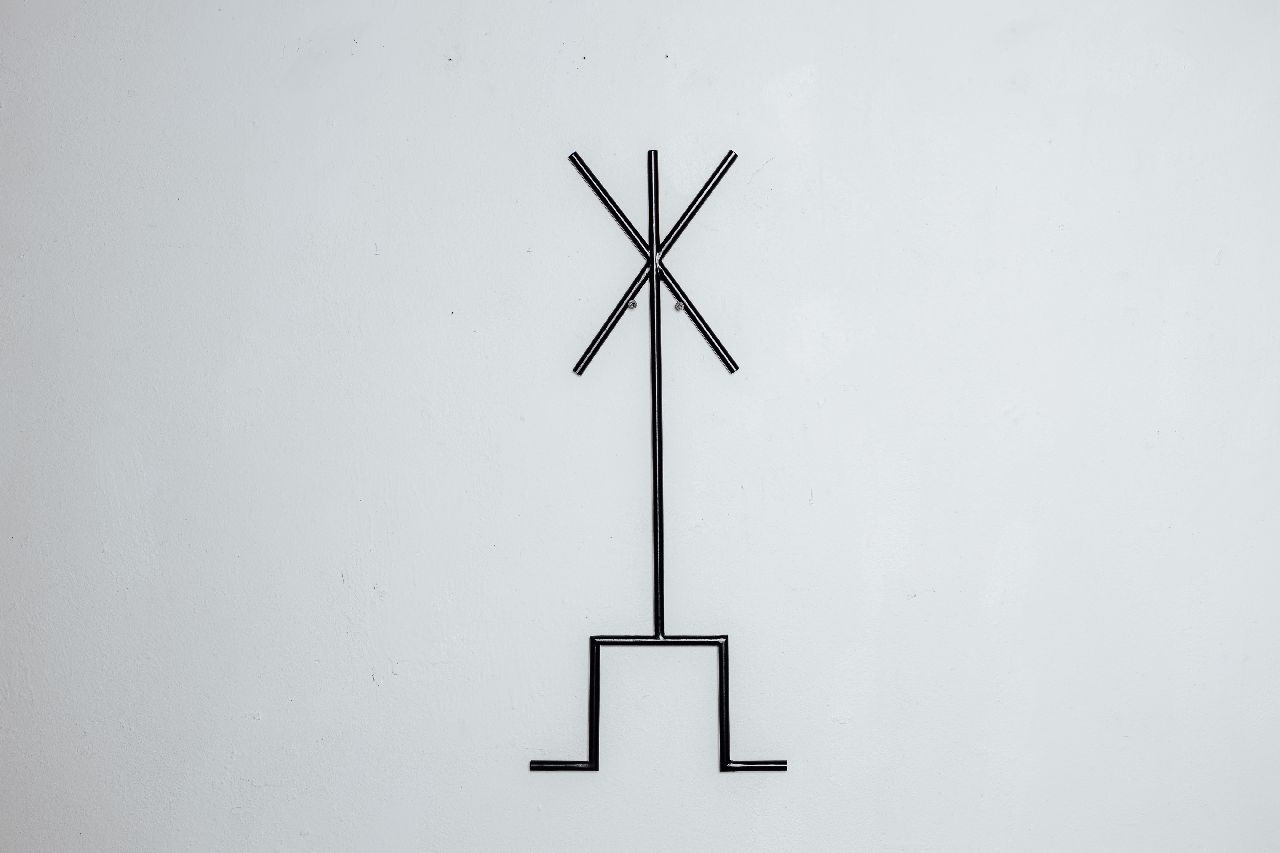 "Mace", 2023, рainted metal, 58x24 сm
"Mace", 2023, рainted metal, 58x24 сm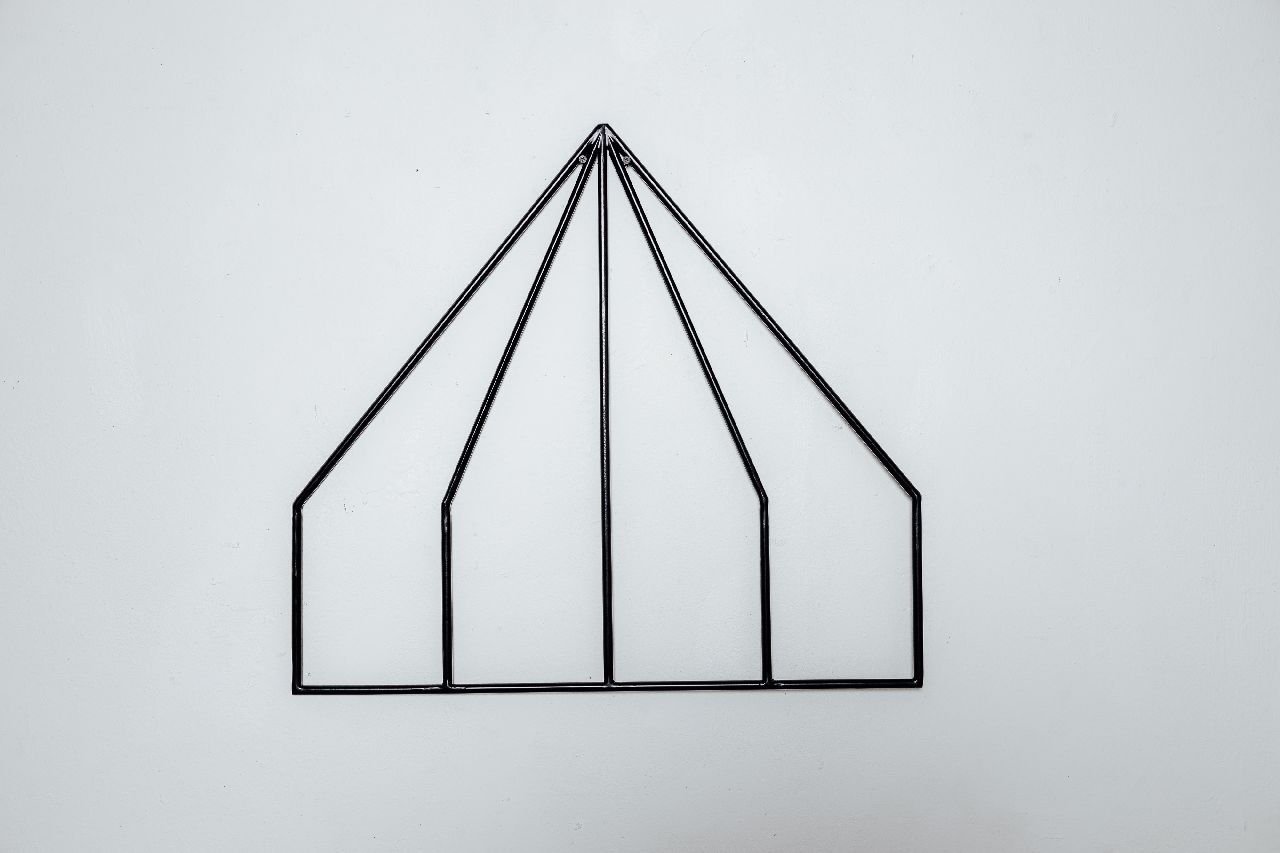 "Mazanka", 2023, рainted metal, 64,5x57,5 сm
"Mazanka", 2023, рainted metal, 64,5x57,5 сmThe Hopak series presents 15 metal objects that symbolize traditional concepts of Ukrainian culture. Cossack, trembita, mazanka, sabre, sunflower – to name but a few symbolic objects that will be displayed at the exhibition. However, one should not expect familiar images: the author's reflection is aimed at rethinking folk archetypes and transforming them into completely unexpected images that will encourage the audience to new readings through layers of meaning.
Yaroslav Derkach was born in 1977 in Donetsk and later moved to Luhansk. His formation as an artist took place in the late 1990s and early 2000s. The artist's thinking and interests were far from the culture generally accepted in the time and space of that time, in particular, from pro-russian ideology and the brutal reality of the industrial city. According to Yaroslav, who grew up in a family of Ukrainian-speaking teachers, almost no one spoke Ukrainian in the city at the time, and during the Orange Revolution, you could get in trouble even for wearing a certain closing color.
Yaroslav, a graduate of the Faculty of Philology at Luhansk Taras Shevchenko National Pedagogical University, worked as a teacher of Ukrainian language and literature at a local school in Luhansk. At the same time, he developed as an artist: he started with figurative painting, then moved on to conceptual art and eventually began working with sculpture and metal objects. His work has always been characterized by pro-Ukrainian narratives, and his first exhibitions were held, according to the artist, in libraries and nightclubs – the main centers of “living” culture at the time, which were an alternative to the “official” gallery of the National Union of Artists.
“When I first started shaping up my first exhibitions in Luhansk, in the late 1990s and early 2000s, I signed my works in Ukrainian and English,” the artist says. “There was no russian language in my pieces because I wanted to present Ukraine in the world, in a different context. Not the one that has been imposed on us for decades and centuries.”
This year, Yaroslav Derkach presents the Hopak project, which he has been working on for over a year. “Hopak” is a logical continuation of the artist's usual practice, and this practice is more than ever in tune with issues of cultural identity.
The project's objects include a mace and trident, symbols of the Ukrainian Baroque period. It was then that the Ukrainian mentality was formed and culture flourished. Another object, the steel “flag”, is given an anthropomorphic form, so it becomes not an object but a person, acquiring new qualities and meanings.
According to Derkach, the Hopak folk dance radiates the nation's stunning energy, unrestrainedness and brightness of Ukrainian culture. The author depicted hopak in the form of an anchor, illustrating the famous male jump in the dance. But an anchor can also be a symbol of roots, established traditions and customs, and the settledness of people on their land. Each work can be interpreted literally, or you can read the meanings layer by layer, as much as your imagination and erudition allow. The author's sparkling sense of humor is evident in this endless game of guessing.
The artist embodies such sonorous archetypal concepts in a minimalist and austere way – in light black metal. At the exhibition, these objects can appear surprisingly graphic – as if they were made with charcoal on white paper. The works are light and at the same time full of the spirit of indestructibility – this is how the author once again proves the multifaceted nature of their meaning.
“I've been working with metal for over seven years, and I came to the conclusion that I am interested in metal that does not bear its typical characteristics, such as brutality, resistance, and heaviness,” Yaroslav Derkach said. “I want to depict it in a completely different dimension when it becomes transparent and sophisticated. This is just noticeable in the Hopak project.”
“Why do I need this laconicism?” the artist continues, “Because the modern world is oversaturated with visual images. Okay, you can add something else to this chaos, or vice versa – get rid of everything. This option is closer to me. I realized that the simplest things are the most difficult. When you get rid of the form, the play of colors, the complex composition, your objects become simpler and more associative, which is very instrumental to me. When you look at a simple thing, you have most associations. Simple symbols provide more opportunities for the viewer to reflect.”
For over 16 years, Yaroslav Derkach has been a resident of the TSEKH gallery in Kyiv. During this time, the artist has implemented eight personal projects in the gallery space, which demonstrate his creative development: from the painting series “Luhansk Diesel Locomotive” (2007) and “Blim Art” (2009) to series with objects and artifacts (“Non-Objective Objects” (2019).
“Yaroslav Derkach is an artist who has grown from a painting practice to a conceptual, complex and technological art over the 16 years of our collaboration,” says Oleksandr Shchelushchenko, founder of the TSEKH gallery, “This quantum leap is very revealing and encouraging for me because it demonstrates how an artist can grow in a space that motivates and supports him. Yaroslav Derkach's new project Hopak is about the symbols, signs and current codes of our time, which the artist suggests we reflect upon. I am proud to help the artist to open up and rise to a new level.”
